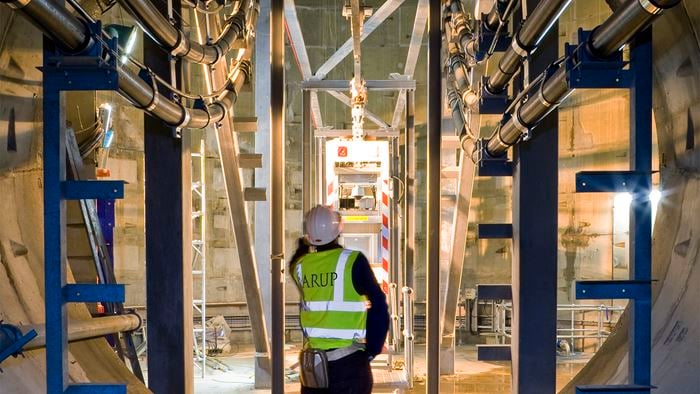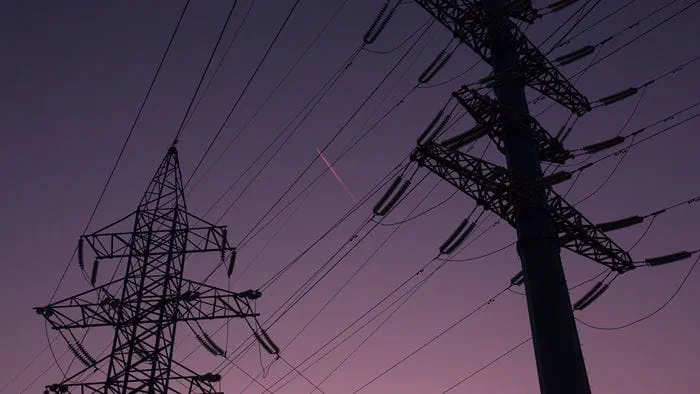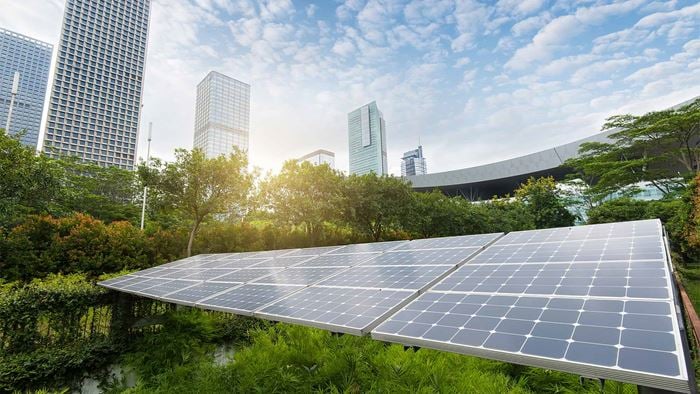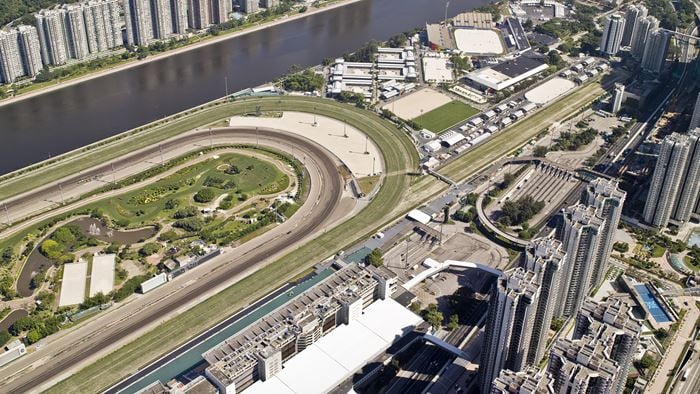Sibanye Gold is investing in a 200MW ground mounted PV facility at the company’s project base in South Africa. The PV facility is being developed to offset Sibanye Gold’s energy demand from the grid, resulting in lower operational costs and once complete will be amongst the biggest single PV plants in the Southern Hemisphere.
Arup is currently undertaking the role of owner's engineer for our client, starting with the concept design and basic design for the 200MW PV solar facility for provision into a tender package. The work encompassed electrical and civil design as well as associated design specifications and bill of quantities. Our engineers based the design on1500V inverter technology, which has the following advantages:
-
Led to fewer numbers of string monitor boxes – 30% fewer thereby resulting in significant cost saving.
-
Longer strings led to shorter return DC cables thereby saving on cost of several kms of DC cables.
-
More PV modules per inverter. This allowed us to be more efficient with space as it reduced the amount of access roads.
-
The power capacity of the 1500V inverter resulted in a fewer numbers of inverters.
We have also provided technical support for the environmental authorisations and permitting required.
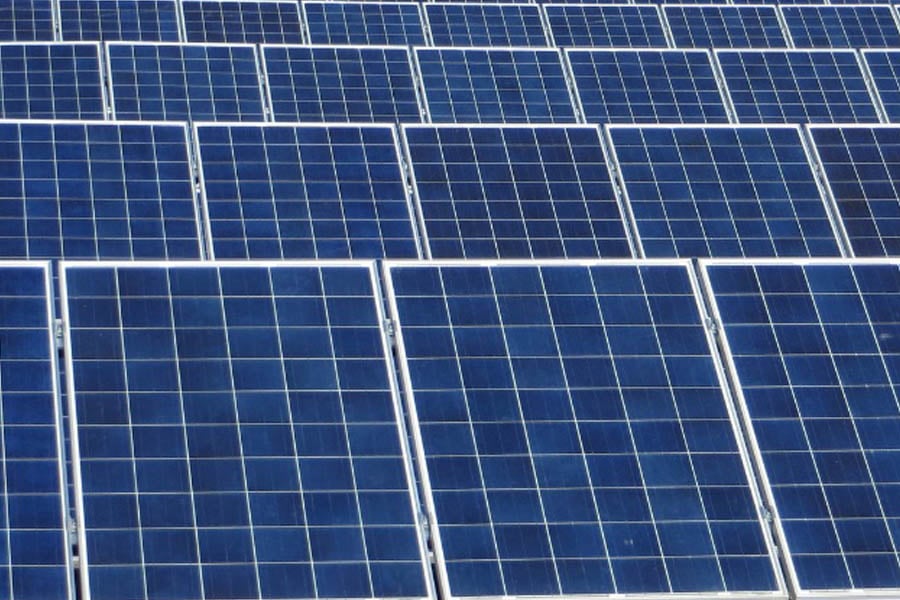
Our technical input
We also provided technical input into the developer bidding process and oversaw the technical evaluations of bid responses where we responded to all technical matters during the bidding process. Although the project will be completed in December 2017, Arup has already reduced project costs early on in the first phase.
Due diligence conducted on tracker structures tilting and a cost analysis determined tracking of panels is not feasible, leading to a reduction in cost. Further analysis assessed a phased rate of construction in order to minimise construction costs and minimise loss of energy disruptions.
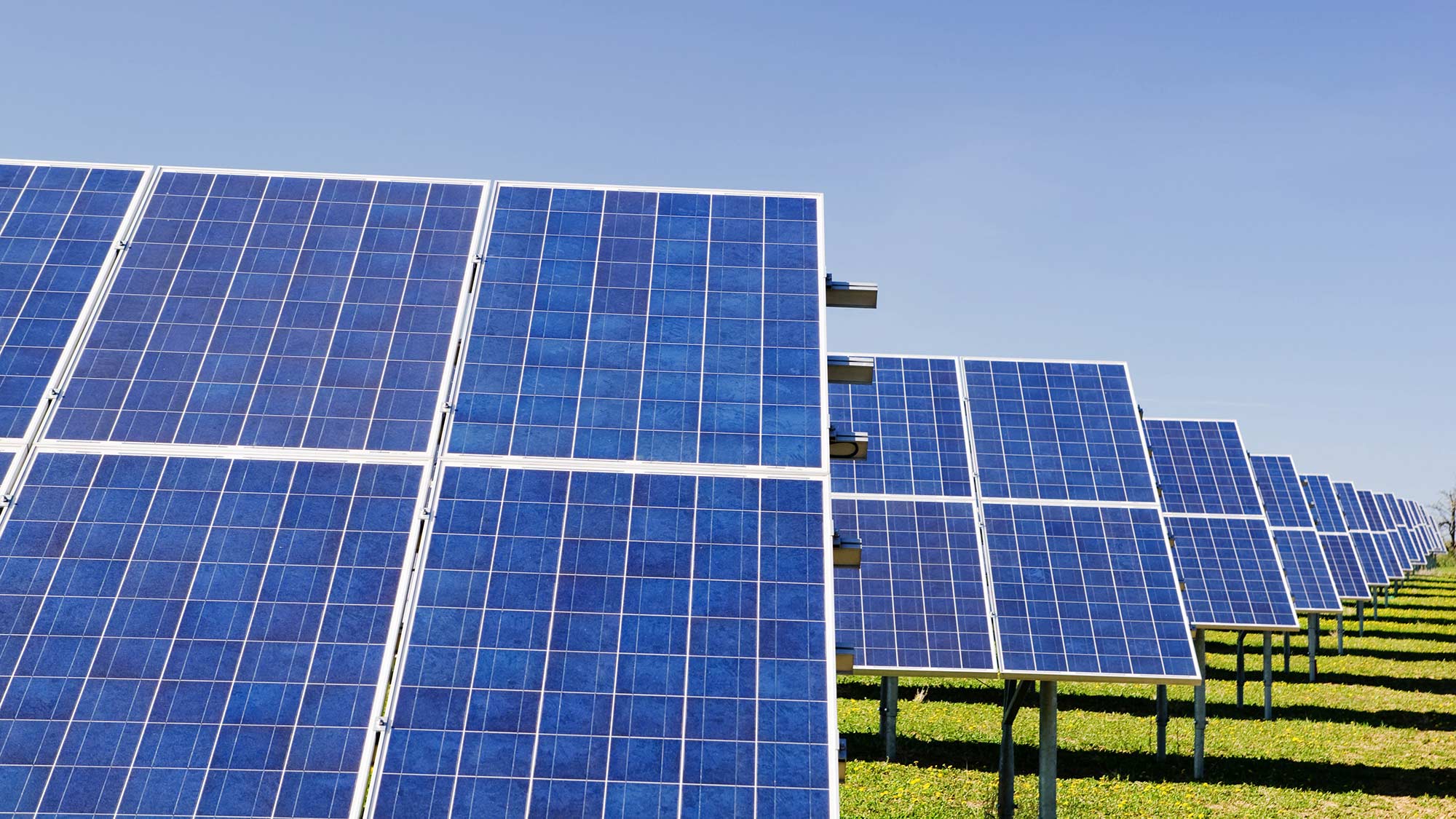 ;
;

